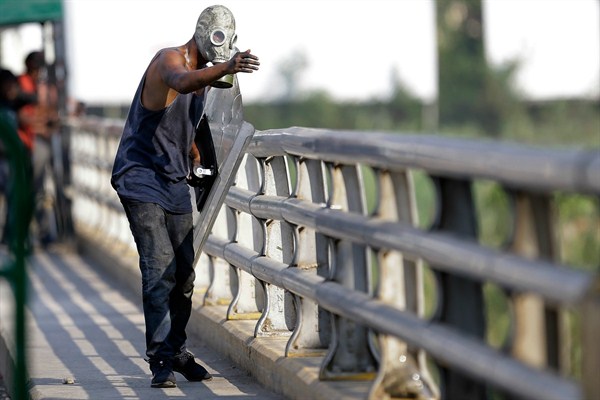It wasn’t very long ago that Venezuela anchored one side of a left-right divide in Latin America, with the late President Hugo Chavez inspiring a wave of leftist electoral victories across the hemisphere. More recently, the region’s leftward drift has stopped, even reversed, but Venezuela is again the catalyst in the new political alignments. The current crisis in Venezuela has forced governments everywhere, but especially in Latin America, to clarify where they stand on the future of Nicolas Maduro’s presidency.
It is no longer possible for Latin American leaders to issue fuzzy statements now that the Venezuelan opposition has declared Maduro an illegitimate president. When Juan Guaido, the head of Venezuela’s National Assembly, declared himself interim president last month, it compelled every leader in the region to make their position regarding the government clear. With the pressure growing, there are now competing international proposals about how to resolve the crisis. As each government has had to sign on to one or another, these proposals have become the foundation of the regional realignment.
The main bloc—the one that counts the largest number of hemispheric states and was an early global leader in applying diplomatic pressure on the Maduro regime—is the Lima Group, which stood squarely in support of the opposition even before Guaido took the presidential oath. The Lima Group rejected Maduro’s re-election last year and its recognition is now a cornerstone of Guaido’s legitimacy. Although the bloc is working closely with the Trump administration, its members’ individual positions are not completely aligned.

